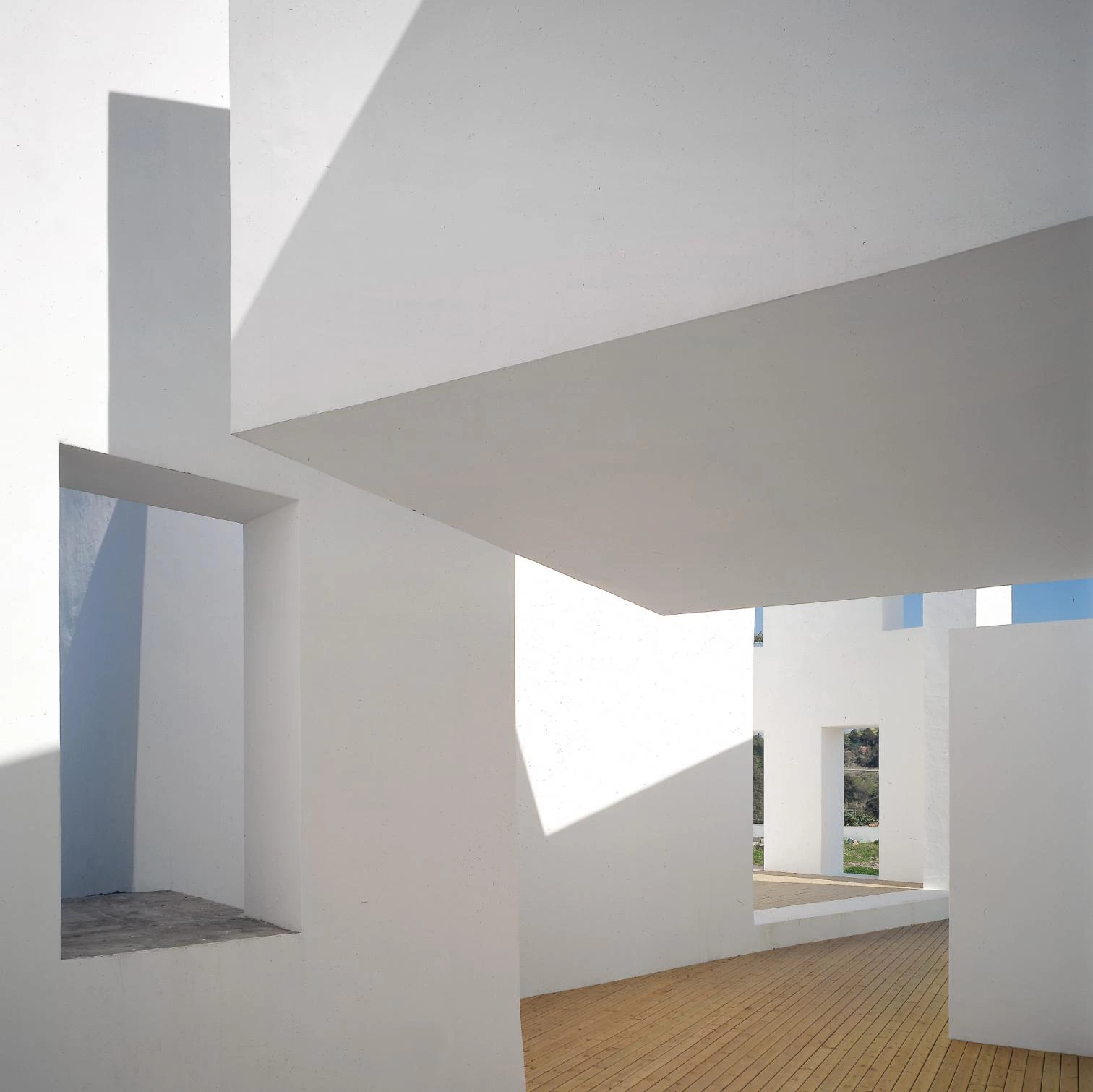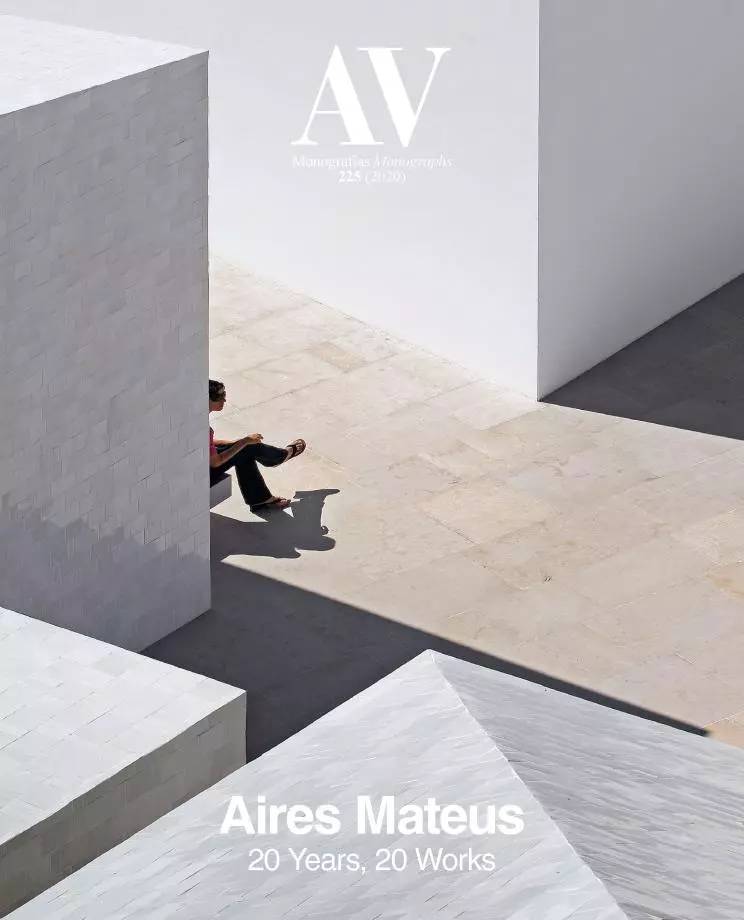Abstraction and Empathy

Whereas the precondition for the urge to empathy is a happy pantheistic relationship of confidence between man and the phenomena of the external world, the urge to abstraction is the outcome of a great inner unrest inspired in man by the phenomena of the outside world’ (Wilhelm Worringer, Abstraktion und Einfuhlüng, 1908).
In the year 2000, Manuel and Francisco Aires Mateus had just set up their own studio. After working several years with Gonçalo Byrne – one of the most important architects from Lisbon at the time –, and after having brought forward some projects of their own in a small room at Byrne’s office (Casa Nafarros in Sintra, the Residence of the Santa Casa da Misericórdia in Grândola or the Canteen of Aveiro University), Manuel and Francisco Aires Mateus finally managed to work in a space of their own, an apartment located in the Largo do Rato district, in Lisbon. At that time, they had several projects under way, some even of considerable size, like the headquarters of the Institute of Engineers, the Pedagogical Unit of FCT at the University of Coimbra or the Rectorate of NOVA University Lisbon. However, it was another much simpler commission to build a house un Alenquer, completed a year before, that would change the character of the work of the two brothers over the coming twenty years, the period covered in this issue of AV Monographs. Up to that moment, the works of Aires Mateus had been a direct consequence of Gonçalo Byrne’s teachings during a period that, later on, the architects themselves would define as ‘liminal’ or ‘propedeutic.’ But the works built after Alenquer are the ones that would occupy a unique place in the history of Portuguese architecture... [+]





